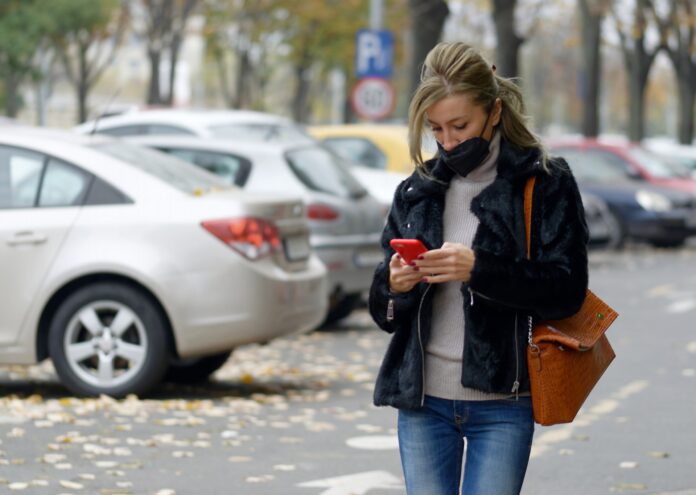Source: MakeLemonade.nz
Otautahi – As cities have been hit the hardest during the covid pandemic, the need to create sustainable cities that promote health has been highlighted.
We should create more walkable neighbourhoods, reduce the number of overcrowded households and increase the number of mixed-income housing units, write two sociologists.
Cities should tailor the rebuilding process to meet the diverse needs of residents of lower and higher-income neighbourhoods.
Cities emerged as the epicentres of the covid pandemic. About 90 per cent of infections worldwide were reported in urban settings. And poor urban neighbourhoods were hit especially hard.
Researchers frequently attributed the vulnerability of cities to high population density, overcrowding and poor air circulation. The vulnerability of cities during the pandemic has highlighted the need to create sustainable cities that promote health.
As sociologists interested in urban settings, we examined how the physical environment of neighbourhoods shaped the spread of covid in Toronto. Findings suggest a few things cities should keep in mind as they rebuild following the pandemic.
Cities should create more walkable neighbourhoods. Covid spread at a much slower pace in highly walkable neighbourhoods. Residents in these neighbourhoods can travel shorter distances on wider and better maintained sidewalks, which may reduce their exposure to the virus.
The number of overcrowded households should be reduced. Soaring real estate prices have forced many socio-economically disadvantaged families into overcrowded housing.
Space constraints in these housing units may make it more difficult for residents to practice adequate physical distancing. It may have also deprived them of the space necessary to isolate if they contracted the virus.
These factors may have increased their risk of contracting covid. Increasing the supply of affordable housing may hold the key to reducing the urban poor’s vulnerability to infectious diseases.
Third, we should increase the number of mixed-income housing units and better integrate our neighbourhoods. Covid spread much faster in lower-income neighbourhoods.
Housing affordability may have pushed out disadvantaged families from higher-income neighbourhoods and forced them to settle in lower-income areas with fewer amenities.
Displacement and higher density due to limited housing affordability may have increased the concentration of residents who were exposed to the virus. Residents of low-income neighbourhoods are more likely than their peers in affluent neighbourhoods to live in close proximity to someone with an infection.
Residents of low-income neighbourhoods rely more on neighbourhood amenities than their peers in affluent neighbourhoods because they have fewer personal resources at their disposal.
And even when communities have the same amenities, those in lower-income neighbourhoods are more likely to be poorly maintained. For example, lower-income neighbourhoods may lack wide and well-maintained sidewalks.
They also have fewer health-promoting amenities, such as grocery stores with fresh produce or high quality health care facilities. Therefore, a neighbourhood’s physical environment contributes to the spread of covid differently in lower and higher income neighbourhoods.
A Cornell University study found that population density increased the spread of covid in low-income neighbourhoods, but it lowered the infection rate in high-income neighbourhoods. In more affluent neighbourhoods, even high-density apartment buildings come with amenities and protections — like better ventilation systems and additional staff to properly sanitise public areas — that similarly dense buildings in lower-income neighbourhoods lack.



